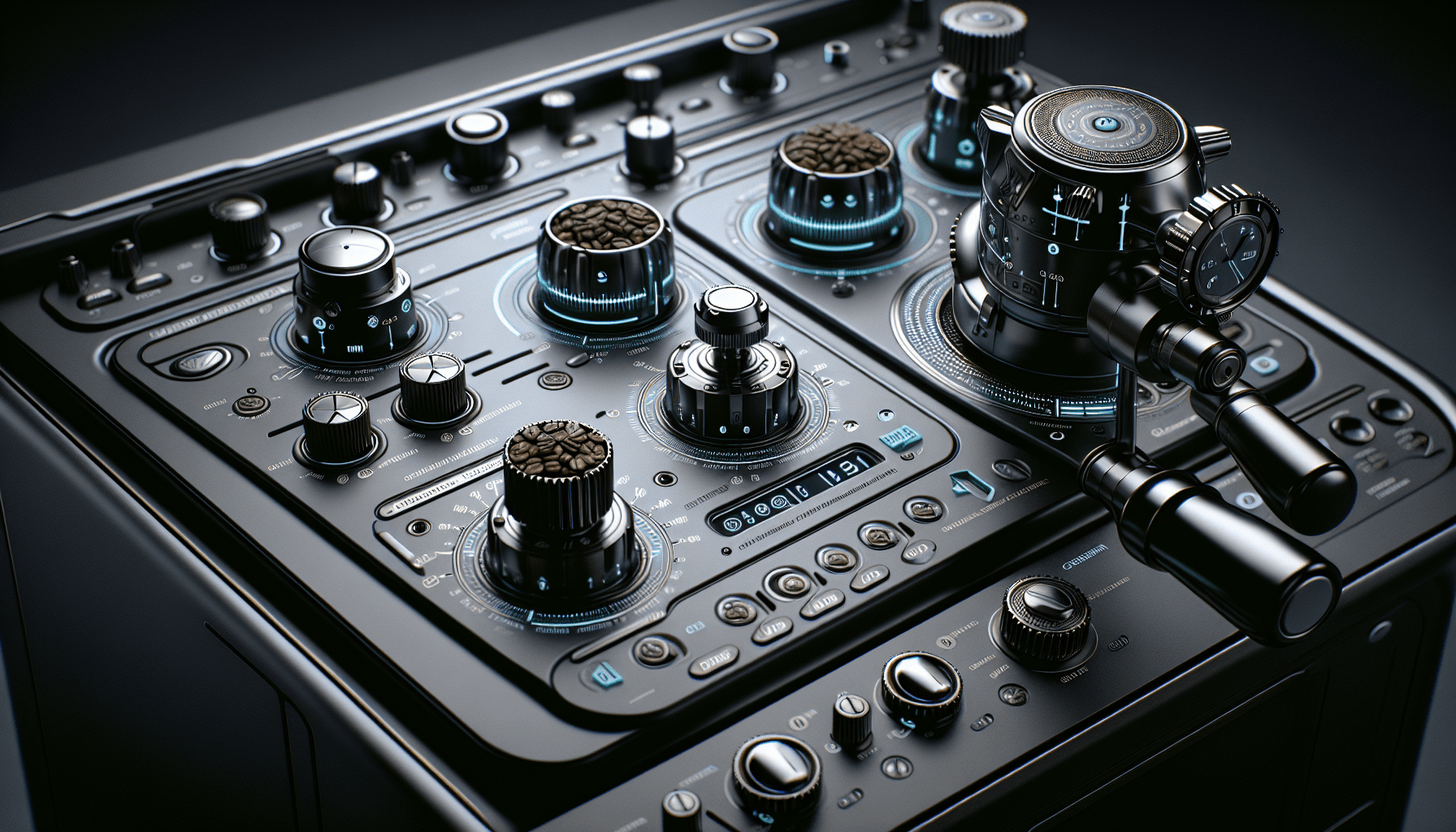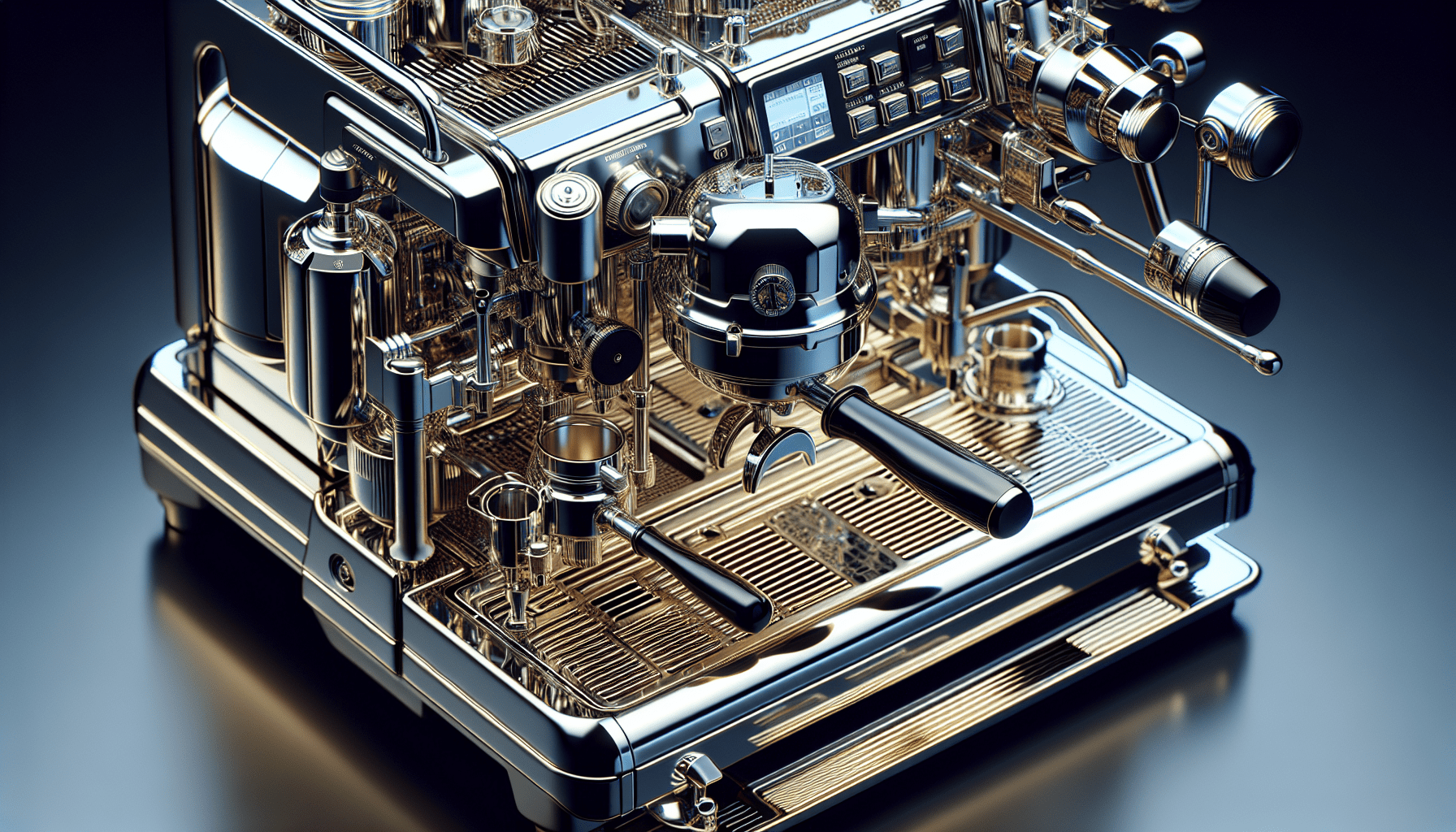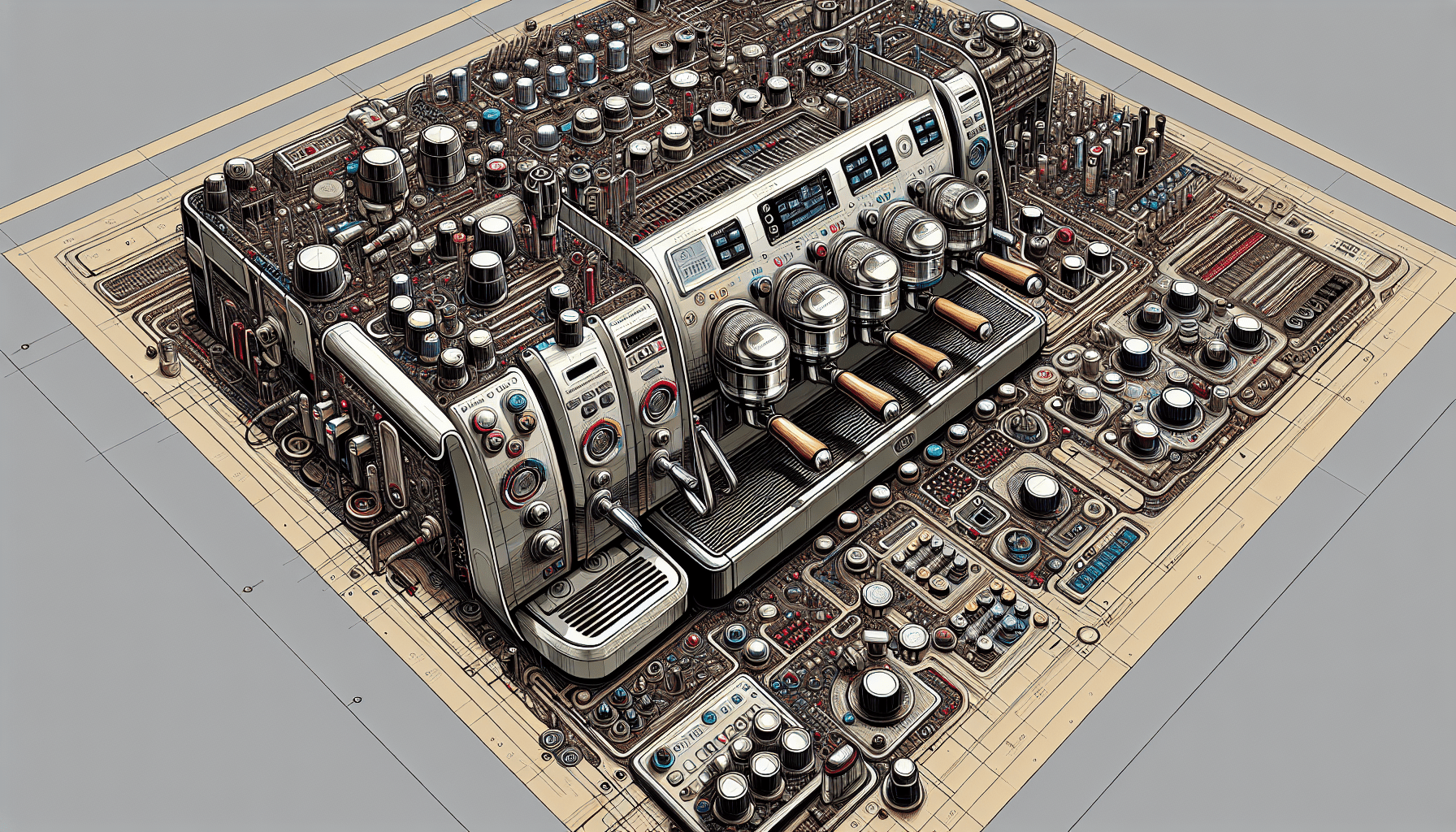In order to keep your super-automatic espresso machine running smoothly and producing delicious coffee, it’s important to prevent clogging and blockages. By regularly cleaning and descaling your machine, using high-quality beans, and following the manufacturer’s instructions for maintenance, you can ensure that your espresso machine continues to brew perfect cups of coffee every time. Taking the time to care for your machine will not only extend its lifespan but also improve the taste and quality of your coffee. Remember, a little maintenance goes a long way in keeping your espresso machine in top condition. How Do I Prevent Clogging And Blockages In A Super-automatic Espresso Machine?
Are you tired of dealing with clogging and blockages in your super-automatic espresso machine? It can be frustrating when your machine doesn’t work properly, and it’s important to know how to prevent these issues from happening in the first place. In this article, we’ll discuss some tips and tricks to help you keep your super-automatic espresso machine running smoothly.
Understanding Clogging and Blockages
Clogging and blockages in a super-automatic espresso machine can happen for a variety of reasons. One of the most common causes is a build-up of coffee grounds and oils in the machine’s internal components. When these substances accumulate, they can create blockages in the machine’s brewing system, causing the flow of water to be restricted.
It’s essential to understand how clogging and blockages occur so that you can take preventive measures to avoid these issues. By knowing the common causes, you can implement proper maintenance practices to keep your super-automatic espresso machine in top working condition.
Regular Cleaning and Maintenance
To prevent clogging and blockages in your super-automatic espresso machine, regular cleaning and maintenance are crucial. Make sure to follow the manufacturer’s guidelines for cleaning and maintenance, as different machines may require different care routines.
One essential maintenance task is descaling your machine regularly. Descaling helps remove mineral build-up from the internal components of the machine, which can contribute to clogging and blockages. Use a descaling solution recommended by the manufacturer for best results.
Cleaning Schedule
Establishing a consistent cleaning schedule for your super-automatic espresso machine is essential for preventing clogging and blockages. Here’s a basic cleaning schedule you can follow:
- Daily Cleaning: Wipe down the exterior of the machine with a damp cloth to remove any coffee residue or spills. Empty the used coffee grounds container and clean the drip tray.
- Weekly Cleaning: Clean the brewing unit and the grinder to prevent build-up of coffee oils and grounds. Check the water reservoir for any debris or mineral deposits.
- Monthly Cleaning: Perform a deep cleaning of the machine, including descaling and cleaning the internal components thoroughly.
By sticking to a regular cleaning schedule, you can keep your super-automatic espresso machine free from clogs and blockages.
Using Quality Coffee Beans
Another factor that can contribute to clogging and blockages in a super-automatic espresso machine is the use of poor-quality coffee beans. Low-quality beans may contain more oils or impurities that can accumulate inside the machine, leading to clogs.
To prevent this issue, make sure to use high-quality coffee beans that are fresh and free from defects. Avoid using oily beans, as they can leave residue in the grinder and brewing system. Invest in a quality grinder that can grind the beans to the right consistency without creating excess heat or dust.
Coffee Bean Storage
Proper coffee bean storage is also essential for preventing clogging and blockages. Store your beans in an airtight container away from heat, moisture, and light to preserve their freshness. Grind only the amount of coffee you need for each brew to prevent excess grounds from accumulating in the machine.
By using quality coffee beans and storing them properly, you can reduce the risk of clogging and blockages in your super-automatic espresso machine.
Adjusting Grind Settings
The grind size of the coffee beans can also impact the likelihood of clogging and blockages in a super-automatic espresso machine. If the grind size is too fine, it can lead to over-extraction and clogs in the brewing system. On the other hand, if the grind size is too coarse, it can result in under-extraction and weak-tasting espresso.
To find the right grind size for your machine, experiment with different settings until you achieve the desired flavor and consistency. Consult the machine’s manual or the manufacturer’s website for recommended grind settings based on the type of beans you’re using.
Grind Size Chart
Here’s a general grind size chart to help you adjust the settings on your super-automatic espresso machine:
| Grind Size | Description |
|---|---|
| Extra Fine | Powder-like consistency |
| Fine | Fine sand consistency |
| Medium | Table salt consistency |
| Coarse | Sea salt consistency |
| Extra Coarse | Peppercorn consistency |
By adjusting the grind size according to the type of beans and the flavor profile you desire, you can prevent clogging and blockages in your super-automatic espresso machine.
Using Filtered Water
The quality of water used in your super-automatic espresso machine can also play a role in preventing clogging and blockages. Hard water with high mineral content can leave deposits in the machine’s internal components, leading to build-up and blockages over time.
To avoid this issue, use filtered water or distilled water in your machine. Filtered water helps reduce mineral deposits and impurities, keeping the brewing system clean and free from clogs. Replace the water filter in your machine regularly according to the manufacturer’s recommendations.
Water Hardness Test
To determine the hardness of your water and whether it may be contributing to clogging in your super-automatic espresso machine, you can conduct a simple water hardness test. Here’s how to do it:
- Fill a clear container with water from your tap.
- Add a few drops of liquid soap and shake the container vigorously.
- If the water becomes cloudy or frothy, it indicates hardness due to mineral content.
By using filtered water and regularly replacing the water filter, you can protect your super-automatic espresso machine from clogging and blockages caused by mineral deposits.
Avoiding Instant Coffee and Flavored Beans
Instant coffee and flavored beans contain additives and oils that can lead to clogging and blockages in a super-automatic espresso machine. The powdery consistency of instant coffee can mix with water and form a sludge that clogs the brewing system, while flavored beans may leave residue in the grinder and internal components.
To prevent clogging and blockages, avoid using instant coffee or flavored beans in your super-automatic espresso machine. Stick to high-quality, freshly roasted coffee beans without additives for the best brewing results.
Proper Filter Usage
If you prefer flavored coffee but still want to prevent clogging in your machine, you can use flavored syrups or additives in your cup rather than in the brewing system. Simply brew a shot of espresso with regular beans and add flavored syrup or creamer to customize your drink.
By avoiding instant coffee and flavored beans, you can maintain the cleanliness of your super-automatic espresso machine and prevent clogging and blockages from occurring.
Contacting Customer Support
If you’ve tried all the preventive measures mentioned above and are still experiencing clogging and blockages in your super-automatic espresso machine, it may be time to contact customer support for assistance. The manufacturer’s customer support team can provide troubleshooting tips, repair services, or replacement parts to help you resolve the issue.
Troubleshooting Checklist
Before contacting customer support, it’s helpful to make a troubleshooting checklist to document the steps you’ve taken to prevent clogging and blockages in your super-automatic espresso machine. Include details such as cleaning schedules, water quality, coffee bean type, and any adjustments you’ve made to the machine’s settings.
By providing this information to customer support, you can help them diagnose the problem more effectively and offer solutions tailored to your specific situation.
In conclusion, preventing clogging and blockages in a super-automatic espresso machine requires a combination of regular cleaning, maintenance, using quality coffee beans, adjusting grind settings, using filtered water, and avoiding instant coffee and flavored beans. By following these tips and taking proactive measures to care for your machine, you can enjoy delicious espresso drinks without the frustration of clogs and blockages. If you’re still experiencing issues, don’t hesitate to reach out to customer support for assistance.



